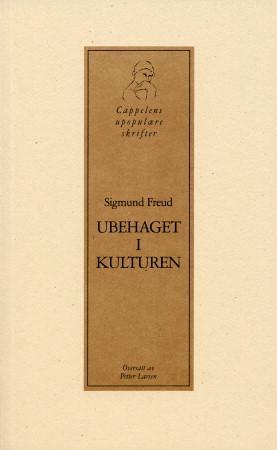
The Five Quintets av Micheal O'Siadhail
399,-
<p><em>The Five Quintets</em> is both poetry and cultural history. It offers a sustained reflection on modernity--people and movements--in poetic meter. Just as Dante, in his <em>Divine Comedy</em>, summed up the Middle Ages on the cusp of modernity, <em>The Five Quintets </em>takes stock of a late modern world on the cusp of the first-ever global century.</p><p>Celebrated Irish poet Micheal O'Siadhail structures his <em>Quintets</em> to echo the <em>Comedy</em>. Where Dante had a tripartite structure ( <em>Inferno</em>, <em>Purgatorio</em>, and <em>Paradiso</em>), O'Siadhail has a five-part structure, with each quintet devoted to a discipline--the arts; economics; politics; science; and philosophy and theology. Each quintet is also marked by a different form: sonnets interspersed by haikus ("saikus"), iambic pentameter, terza rima, and two other invented forms.</p><p><em>The Five Quintets </em>captivates even as it instructs, exploring the ever-changing flow of ideas








